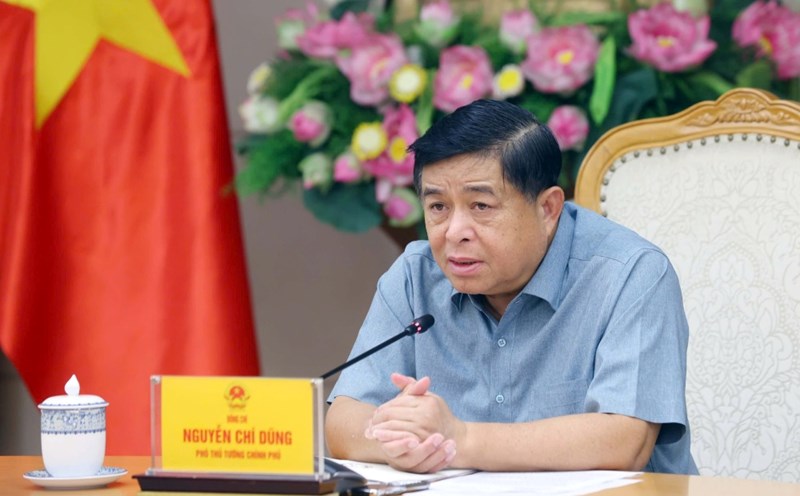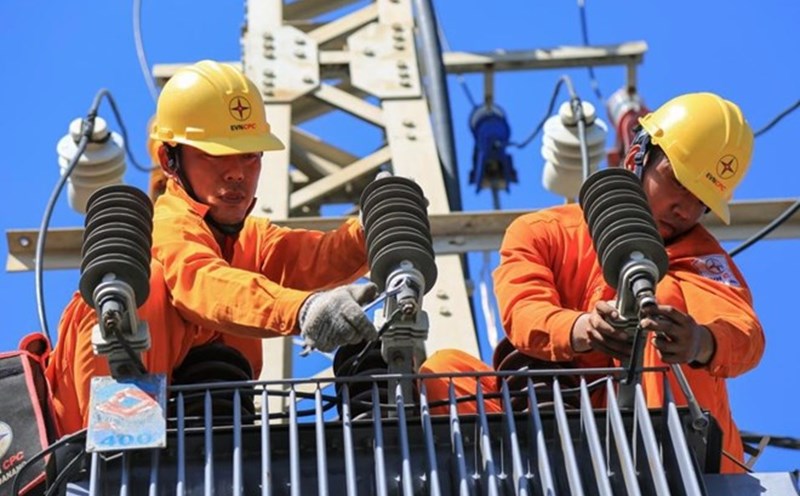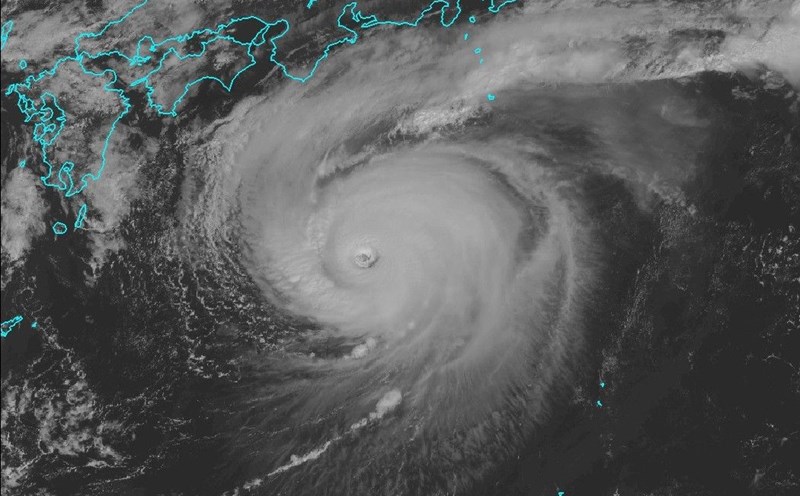Testing two-component electricity prices with 7,000 households
At a seminar on energy market development organized by Construction Newspaper on October 8, Mr. Tran Hoai Trang - Deputy Director of the Electricity Department - said that the Ministry of Industry and Trade is directing EVN to soon implement a trial of two-component electricity prices from October 2025.
According to Mr. Tran Hoai Trang, we are implementing a single-component retail price for electricity, including only the electricity part. The advantage of this calculation method is that it is simple and easy to apply. However, it does not accurately reflect the cost of electricity customers, or the cost of investment and transmission.
"For example, in reality, some households use electricity at a capacity of 24 kW but only for 1 hour per day, while other households only use 1 kW but continuously for 24 hours. These two cases both consume 24 kWh of electricity, but for the first household, the electricity industry must invest in a system that meets the peak capacity in a short time, while the second household consumes more regularly and stably. Therefore, the cost of investment, operation and power transmission for each case is completely different.
In the near future, we are aiming for a two-component electricity price, including capacity and output. Recognizing this, the Ministry of Industry and Trade is conducting trials with households consuming electricity on average of more than 200,000 Kw/month. EVN has a statistic of about 7,000 households.
Mr. Tran Hoai Trang said that he will implement a trial of two-component electricity prices from October 2025. Then, quickly summarize the assessment and report. From there, evaluate and decide whether to put the two-component electricity price into practice or not.
In addition, to support the implementation of the two-component power, it is also necessary to invest in guaranteed infrastructure. In particular, all households consuming electricity need to have meters that show both electricity consumption output and capacity value... Only then can the implementation be done well" - Mr. Trang said.
Two-component electricity prices help optimize capacity, reduce production costs
On the business side, Mr. Nguyen Quoc Dung, Head of Business Department, Vietnam Electricity Group informed that the two-component electricity price has been applied by many countries, especially developed countries, because this is the most accurate pricing method for the electricity system to meet load demand. Currently, the Prime Minister has assigned units to study two-component electricity prices, including capacity prices and electricity prices, following each customer group.
Mr. Dung assessed that our technical infrastructure is now relatively good, electronic meters can collect measurement data remotely and determine the power in 30 minutes/trip. The basic infrastructure in transmission is also relatively good, which is the basic condition for implementing the two-component electricity price.
Explaining this more clearly, according to EVN representative, in the past, we only used the one-component electricity price, which is electricity, now it will include electricity price and capacity price.
For example, there are 2 households using the same electricity in terms of purpose and output, if only multiplied by the electricity price, the payment will be the same. However, when applying a two-component electricity price, the electricity price will be the same, while the power price depends on the customer's registration and use behavior.
Typically, two households use 300kWh/month, but some households only use about 10 Mw/day, and some households use 300kWh/day. Therefore, the power system must calculate a plan to meet different combinations.
"The use of two-component electricity prices will reflect the investment of the system to meet the capacity of the load" - Mr. Dung shared.
Assessing the impact of the two-component electricity price on businesses, EVN representative said that the expected beneficiaries are manufacturing customers with an average consumption of 200,000 kWh/month for 12 months and will be tested on paper from October. After that, it will be adjusted accordingly and expected to be applied from 2026.
According to Mr. Dung, this is a driving force for businesses to save costs.
"Previously, we had to reduce the amount of electricity used to save, but now we need to reduce the amount of electricity used, but we can still achieve the demand by optimizing the way we use it. We can allocate to reduce the total capacity while still achieving normal output, affirmed the EVN representative.
Mr. Dung added that with this calculation method, customers have more options to adjust their behavior and way of using it to reduce capacity, thereby reducing costs.











